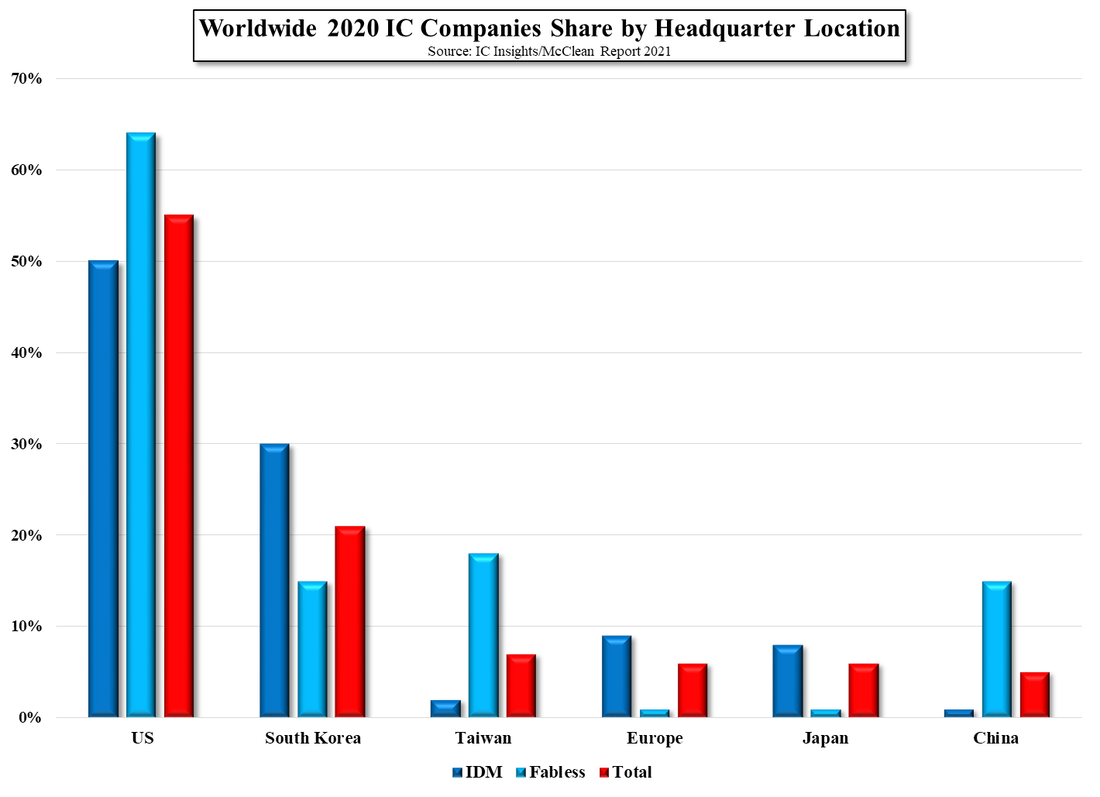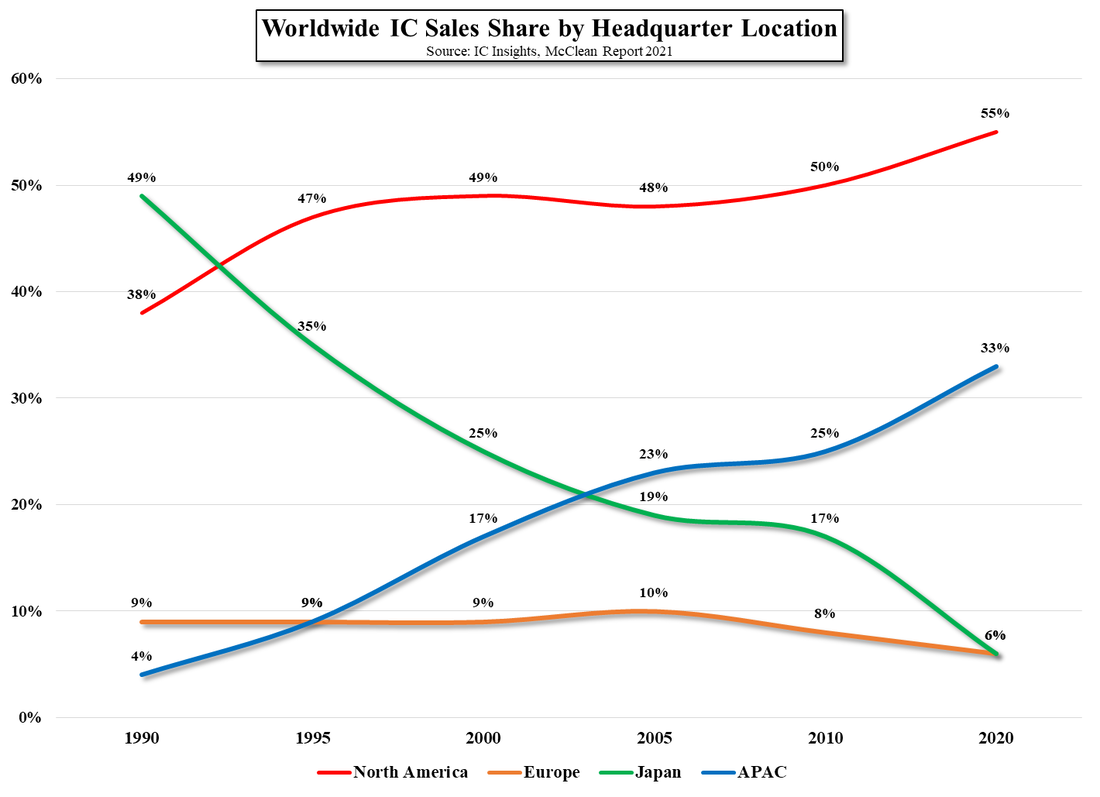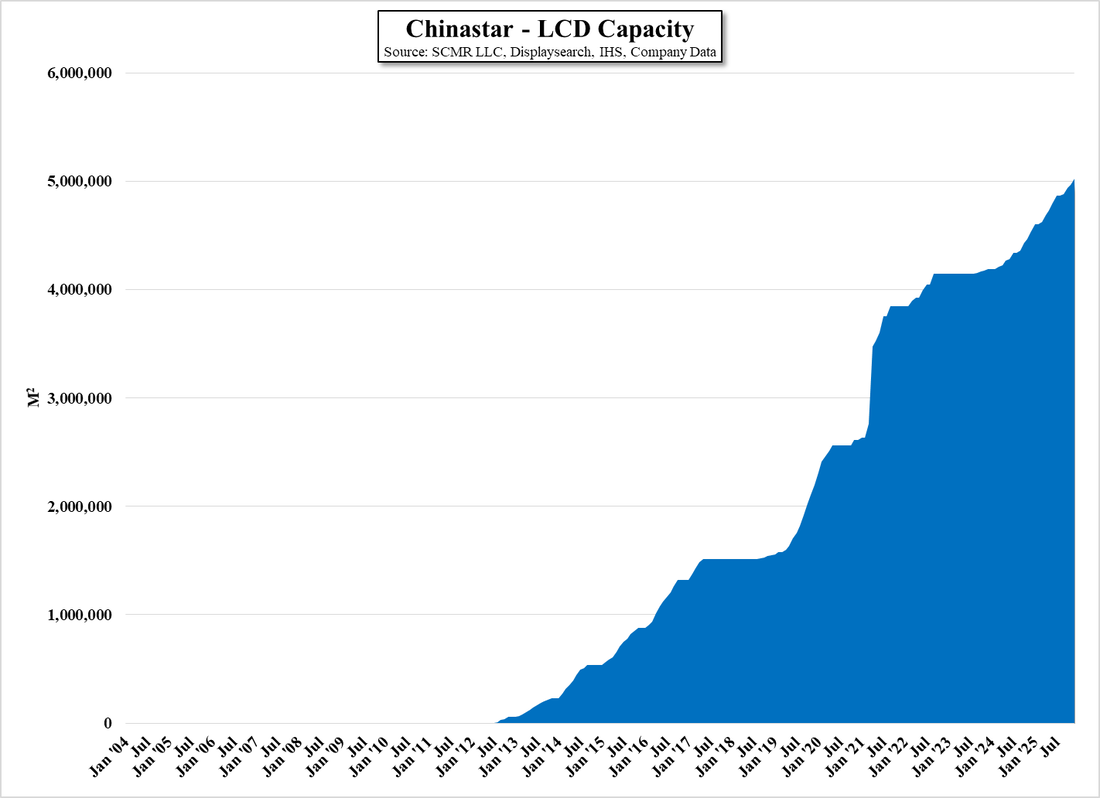AUO to Show Micro-LED Products…Again
AUO has been showing micro-LED prototypes since 2018 at similar shows, particularly a 21.3” micro-LED automotive display and more recently a 9.4” flexible micro-LED prototype developed with PlayNitride (pvt), but has yet to commercialize such a product. AUO’s chairman indicated in 2019 that he expected the development of a Public Display or VR product to take 1-2 years, which would be this year, and an automotive product in 5 years. We expect the company to show a modular public display system using small pitch LEDs in a module, similar to the systems sold by Samsung (005930.KS), and LG (066590.KS), but we have yet to get details on cost or availability, both of which could be problematical for real commercial production.




 RSS Feed
RSS Feed